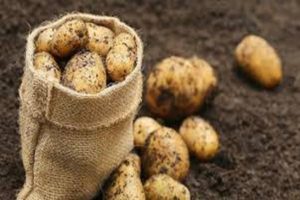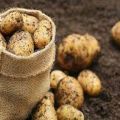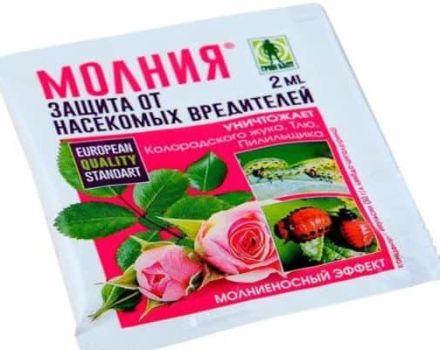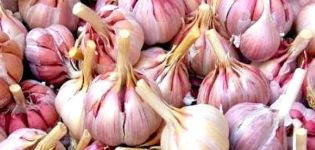How to save and grow potatoes if the garden is flooded in a rainy summer?
How to grow potatoes in a rainy summer and get a great harvest? What needs to be done to conserve plants and tubers? Potato lovers have been thinking about this for a long time. There are certain tips to help with these issues.
Moisture and potatoes
The plant itself is very moisture-loving. But excess moisture can lead to massive crop loss. Heavy rainfall damages potatoes as much as drought. The summer resident should arm himself with the knowledge of how to help the plants, care for them and preserve the yield.
The first watering is carried out only after the seedlings appear above the ground; earlier this should not be done. The sprouts get everything they need from the tuber used for planting.
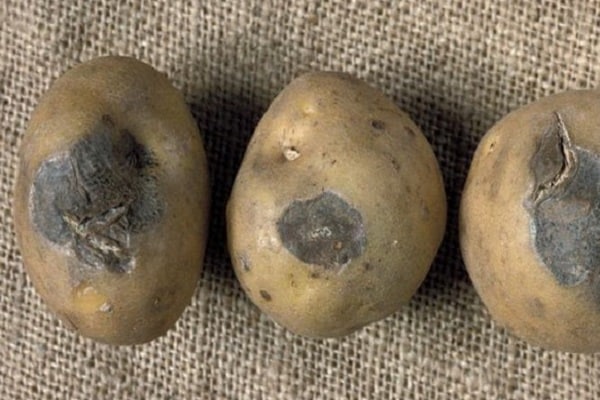
With a lack of moisture, the roots stop growing, the stems begin to dry. Therefore, watering should not be according to the schedule, but based on the weather conditions.
Determine if you need watering potatoes at this time, a simple check of soil moisture depth will help. If it is 6–7 cm, then water the plants.

There is no point in watering immediately after the last rains, it is not advisable. It is necessary to ensure an abundant supply of moisture during the setting of buds and the flowering period. It is necessary to maintain moisture even after the plant has faded. It should be remembered that the drop in moisture has a detrimental effect on the root crops of some varieties, they crack.
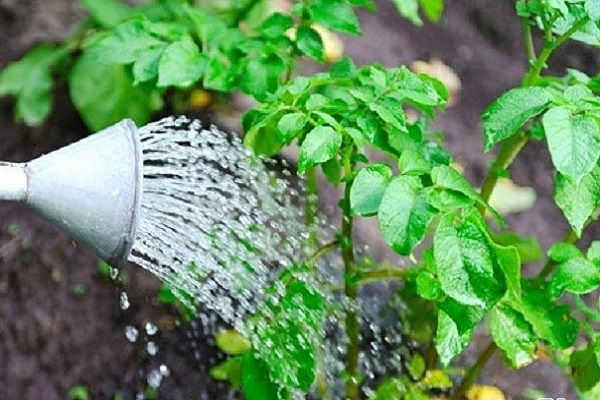
How to save a potato crop in a rainy summer
Harvest preservation in different growing seasons:
- How to grow tubers if the rain has turned the garden into a solid swamp? Root crops have not yet sprouted, and the site is flooded. What measures need to be taken? Most likely, most of the tubers have rotted in the ground, the smell will attract pests, then everything else that could survive after flooding will be threatened. Rotten vegetables must be removed after the area dries a little. In place of the missing seed, new roots are planted.
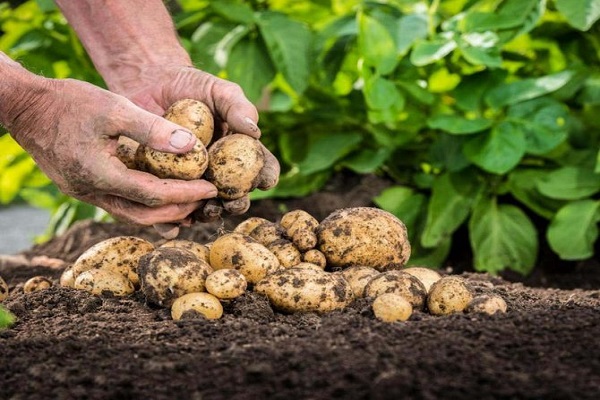
Potatoes have a negative attitude towards the presence of a rind that forms after rain. Insufficient air supply to the tuber will lead to rotting and subsequent deterioration.
- Further care is to control moisture during growth. If it rains after the plant has bloomed (after 3-4 weeks), you can remove the tops. Many summer residents say that the skin of the fruit will not ripen and will remain soft, and you cannot eat such fruits. This is a wrong judgment. This will not only not affect the plant and root crops, but also help save the shoots from the development of phytophthora after prolonged rains.
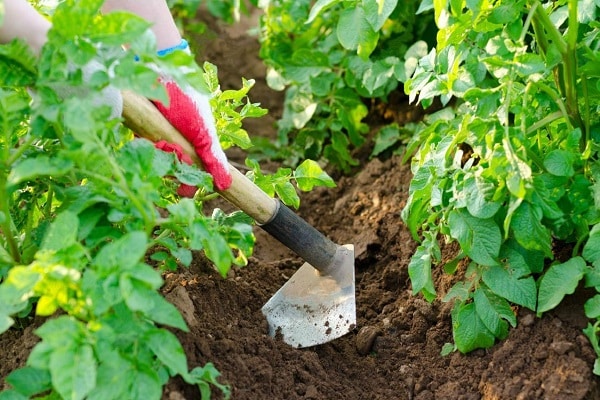
In the event that the stems are left, they will certainly be affected by the disease and the rain will wash away all the zoospores in the garden, they will fall on the tubers. Such potatoes cannot be called healthy any more. The mown tops, during the rain, will not allow the plant to become infected, and it will be possible not to burn it, but to use it for any purpose. For example, cover the plants left in the winter on the site. And the root crops themselves will grow a normal thick skin in the ground in 1-2 weeks and will be ready for harvesting.
- Storage. A vegetable harvested in rainy weather, this also applies to potatoes that were grown in a rainy summer, do not need to be immediately removed to storage facilities. It should be thoroughly dried for about a month.
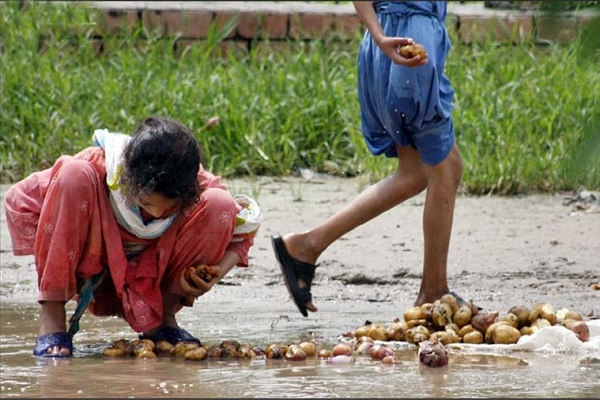
It is possible to save the crop if flooding occurs, but it is a complex and difficult process. It all depends on the diligence and hard work of the summer resident.
Prevention measures
Summer residents have been struggling with this scourge for a long time. They came up with methods of planting potatoesthat can reduce the effect of excess moisture:
- Planting in high beds. Potatoes grown in such conditions do not get so much wet. A drainage layer is applied at the base of the ridges, its composition is determined by the characteristics of the soil.
- The potatoes are planted in double beds, which are raked very high. The planting depth is only 6–8 cm, the row spacing is wide. Gradually, over the season, the beds are huddled, thereby enabling the tubers to develop normally. The potatoes themselves remain above ground level, and excess moisture flows down.
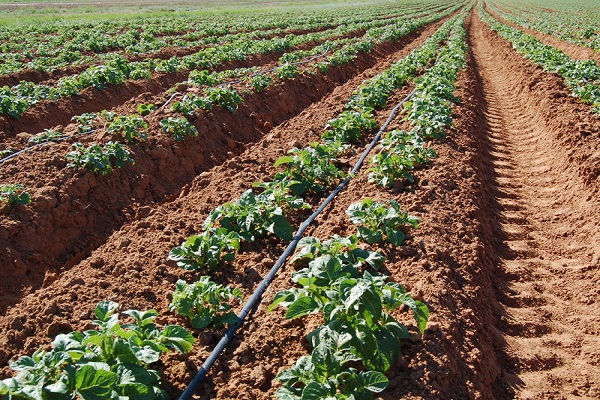
By planting potatoes in the garden in such ways, you can improve the situation and save the harvest.
Tips from experienced summer residents to resolve this issue
Gardeners recommend carrying out preventive work, because it is impossible to revive rotten fruits.

- Chimera. When potato care prevention is important. To get a large harvest, the following work is carried out. Rye is sown on the plot designated for cultivation since autumn. In the spring everything is dug up. Seed material, also from autumn, is sorted out, carefully sorted, and revised several times during the winter. It would be better to plant the tubers in a high bed. More air enters the roots and the plant does not get sick.
- Ekaterina. We grew crops in a rainy period, everything washed away and flooded, practically nothing was reanimated. Now I plant everything in high beds, so it's safer. The harvested crop must be carefully sorted out, rejecting all suspicious vegetables. Before putting the tubers into storage, you can dust them with chalk or wood ash. Nothing will happen to the potatoes, this will prevent the development of rot and various pests. All root crops should be laid out in several boxes, otherwise all neighboring tubers next to the one that will spoil first will begin to rot. During the winter, you can sort out the potatoes several times, just do it very carefully.
- Svetlana. Potato beds in rainy summers should be watched very carefully. It is necessary to ventilate the soil; for this, weeds are weeded, they huddle the earth or simply loosen it. Two weeks before harvesting, the tops are mowed, thereby drying the soil and directing all the forces into the tubers.
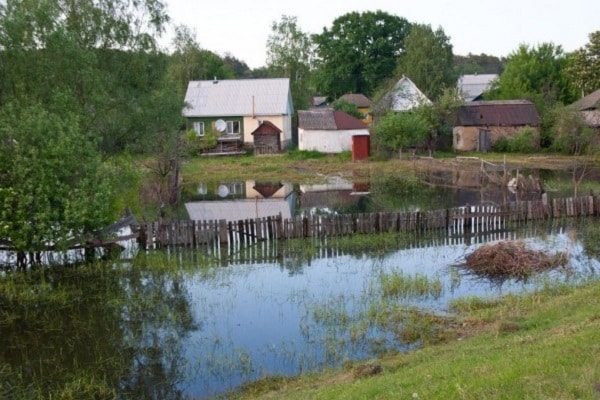
Care, prevention, care of the summer resident about the plants, this will help save the potato crop on rainy summer days.

